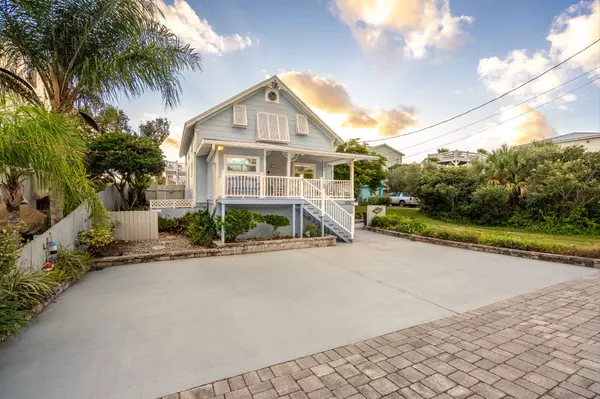Understanding Today's Renters: Insights from Zillow's 2023 Survey
The rental market continues to evolve and staying informed is crucial for real estate investors, especially as the new year approaches. Zillow's 2023 Consumer Housing Trends Report offers valuable insights into the current state of the rental market on a national scale. Here's what you need to know.
An Update on Renter Demographics
The typical U.S. renter is changing. While renters have traditionally been younger, the average age is now 39, which is older than the average first-time homebuyer, who is 35 years old, according to the National Association of Realtors. This shift is in line with the challenges of homeownership affordability (mostly due to rising interest rates) and limited housing inventory.
Regional differences are significant. For instance, renters comprise 39% of household decision-makers in the Northeast, compared to 24% in the Midwest. This variation is largely due to differences in income levels and housing costs across regions.
Financial Realities
Renters' income levels are an important factor. Nearly half of renter households earn under $50,000 annually, highlighting a strong link between income and renting. This is further influenced by regional economic disparities.
Current Rental Costs
The median rent for a one-bedroom apartment in the U.S. is approximately $1,253 per month, but this varies widely by region. Coastal areas tend to be more expensive, while the South offers more affordability, except for the Sun Belt cities that were part of the pandemic-era migration where rent remains high.
Renters' Satisfaction and Preferences
A significant portion of renters (67%) feel their homes need updates, with 18% saying a major renovation was necessary. This dissatisfaction is often due to the age and condition of available rental properties. Most rentals in the U.S. are apartments in small buildings, single-family homes, or condos, which tend to be older properties that need more repairs. However, renters living in large multifamily buildings feel their homes are in the best condition. For example, 45% of these renters said their apartment was “like new,” while only 27% rated their single-family home the same way.
Despite the preference for updated homes, most renters still gravitate towards apartments in smaller buildings. Of the renters who preferred a rental property in an apartment building, 42% wanted a building with fewer than 10 units and 36% would like a medium-sized building of 10 to 49 units. This preference is a key consideration for investors when deciding on what type of investment property to purchase.
Moving Plans and Homeownership Aspirations
A large majority of renters (72%) plan to move within the next three years, often with the goal of homeownership. This trend is particularly strong among millennials, who currently face the challenge of affordability.
Use of Digital Tools in the Rental Market
Despite the increasing use of digital tools in the rental sector, they have not replaced in-person tours. 74% of renters do one to four in-person tours, and only 8% do more than that. However, the willingness to sign a lease without seeing a home in person has decreased from 21% in 2018 to 19% now. A majority still sign their leases on paper, although the same percentage prefers to do it online. Digital lease signing demand is growing slowly and is not yet essential. In contrast, digital rent payments are on the rise, with 60% of renters paying online, and 69% preferring to do so, likely due to the inconvenience of checks or cash payments.
Post-Pandemic Preferences
The pandemic has left a lasting impact on renter preferences. There's still an increased desire for walkable neighborhoods (61%), community feel (42%), and access to leisure activities (56%). These shifts align with broader post-pandemic migration patterns, which have seen a move away from the largest cities towards smaller but vibrant metro areas. Renters today are seeking more than just a place to live; they desire a fun and friendly community to call home. This evolving preference landscape should be considered by real estate investors when selecting the location of their next investment property.
Key Takeaways for Investors
In the Zillow report, a significant insight for real estate investors is that despite financial challenges, renters are aware of their options. They prefer renting well-maintained homes in desirable neighborhoods with a strong sense of community. Affordability remains a primary concern. Investors who can meet these preferences – offering affordability for the area, well-maintained properties, and locations in good neighborhoods – will benefit from lower tenant turnover, higher rental income, and reduced vacancy rates.
Additionally, it's crucial for investors to understand the specific dynamics of their regional market. With one in three U.S. adults being renters, this segment is expected to grow. To make informed investment decisions, investors should identify their typical renters' characteristics. This includes determining their age, housing preferences (i.e., detached homes or apartments), and income ranges. By gaining insight into these key factors, investors can make more strategic and profitable investment choices.
If you are interested in learning about the rental market in St. Augustine, Florida, then give me a call. As a seasoned real estate professional and owner of several rental properties in the area, I can provide the expert localized advice you’re looking for. Your success in real estate is my priority.
Categories
Recent Posts











